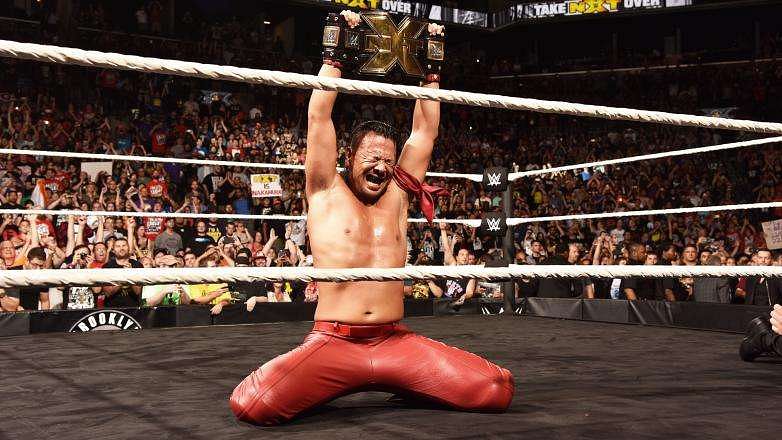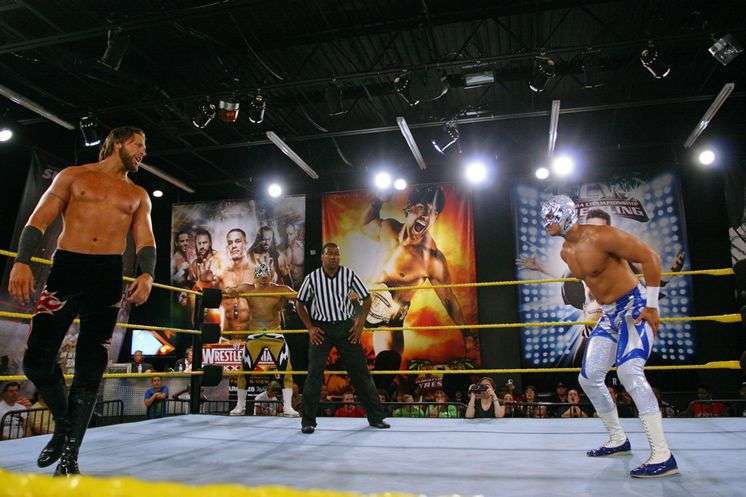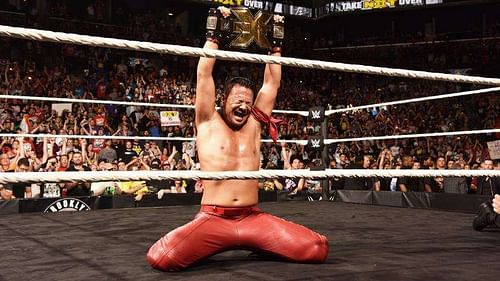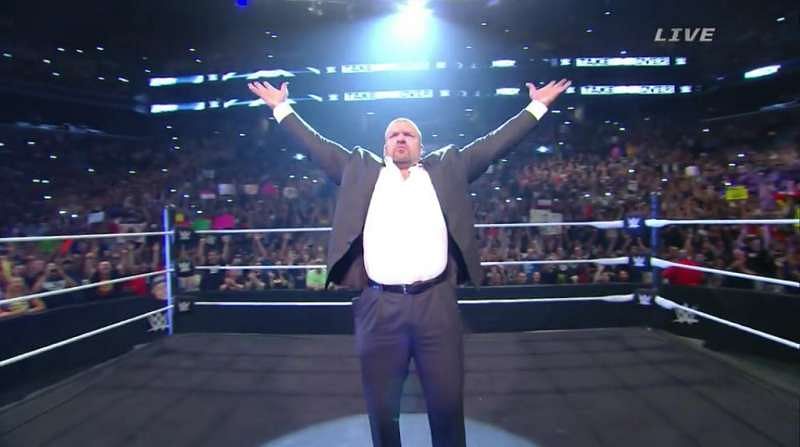
Tales of success: The evolution of NXT
It was somewhere around mid-2008, I was living in the greater Tampa Bay area and one particular Thursday night, I got a phone call from a friend, asking if I wanted to go watch some wrestling. At the time, I had no idea that WWE had a developmental presence in Tampa, so I was unaware that what we were about to go watch, was indeed a WWE product. So, I met up with my friend and we drove maybe 15 miles or so and we came upon this sketchy looking industrial area. He and I looked at one another with a look of confusion, because we had definitely arrived at the location which the GPS guided us to.
As we came to the end of this winding road, we approached an all black warehouse and directly over the entrance door, there were big, bold yellow letters that read "FCW," representing Florida Championship Wrestling. We found a parking spot and made our way to the door, where we paid the admittance fee of a whopping five bucks. Yep, five whole dollars. As we made our way into this giant warehouse type of venue, there were two things I noticed immediately. First, there was no air-conditioning and little ventilation. At both ends of the building, there were huge roll-up doors, which were opened about halfway up and had a large, industrial fan standing in the opening. That was our source of relief from the sweltering Florida summer heat. Secondly, there were not many people in attendance. Despite this being a rather large facility, the way it was constructed only allowed for maybe 50 seats total and on this night, there was probably half of the seats empty. Considering the heavily populated area and the reasonable price for admission, I was very surprised at the turnout, or lack thereof.

Another interesting note about the building was the huge banners that hung from the rafters. Each banner had images from past WWE pay-per-views. Oddly enough, this was probably the only indicator that the promotion was operating under the WWE, or that it was a WWE product. As the event began, the matches were very fast-paced and you could clearly hear the wrestlers calling their spots, all throughout the night. Nevertheless, the action was still pretty good and the talent was also fairly good. I can remember that the champion at the time was Jack Swagger, which is interesting as I look back. There were a few other notable names competing as well. David Hart Smith, Heath Slater and Curtis Axel were a few of the names I can recall. However, Axel was working as Michael McGillicutty at the time. It's also worth noting that most of the wrestlers were working under different names from what they're known as today.
That was 2008 and things were different, much different. While FCW was a developmental brand for WWE, it's obvious that there wasn't much effort being put into the overall production of the brand back then. To be honest, I expected to one day be reading about the brand closing up shop, but I never expected to see it transform into the yellow juggernaut we see today.
Fast forward a few years and I'm sure many meetings of the minds in Stamford and look at what we have now. In 2012, the change began. As WWE officials closed the doors at the FCW Arena, packed up and headed northeast on interstate 4 about 80 miles to Orlando and set up shop at Full Sail University.
Things were different in 2012 for what had become NXT. There was no WWE Network and instead of a weekly episodic series, the format was centered more around a contest format. Heads were beginning to turn, slowly, but they were turning nonetheless. There was soon talks of the WWE Network. While we had heard rumblings before, now we had substance and it appeared we were finally getting the real deal. Eventually, the network was born and NXT, combined with The WWE Network, would change everything.
The WWE Network enabled fans who wouldn't otherwise be able to, witness, what would essentially become the future of professional wrestling. The Network gave WWE's developmental brand a platform to display the stars of tomorrow. Suddenly, Wednesday nights had become just as exciting as Mondays. Just as the title of the first show title would indicate, NXT had arrived.
Since the birth of what we now know as NXT, the brand continues to change. Just recently, main roster brand-split would result in several top stars leaving NXT for either Raw or Smackdown. Despite somewhat depleting the roster, NXT is still incredibly strong, in regards to top-tier talent. As of this writing, the NXT roster still includes names such as Samoa Joe, Asuka, Shinsuke Nakamura, Bobby Roode, Austin Aries and Hideo Itami, just to name a few and that doesn't even scratch the surface. That's mind-boggling when you consider the number of quality superstars who were recently drafted to the main roster.
The moral of this story is pretty obvious. The WWE developmental system has come and incredibly long way, in a relatively short amount of time. Just a few years ago, FCW was struggling to fill 50 seats on an old Tampa warehouse. However, that same system, under a different three-letter name and branding - NXT, has just packed over 15,000 passionate wrestling fans into the Barclay's Center in Brooklyn last night. No longer is NXT just a farm system, or a baby brother to WWE's two main rosters. In fact, NXT has evolved into a near equal to its Raw and Smackdown. The guys in Orlando, they now stand on their own two feet. They're nobody's illegitimate stepchild any longer.
So, who gets the credit for this monumental evolution in professional wrestling? Sure, Vince will always be the image people think of when discussing anything WWE related. But, it would be blasphemous to not give a huge portion of the credit to Triple H. Trips has been the driving force behind NXT and it's success, ever since the beginning. He was the one who saw things before they happened and he's the mastermind behind the signings of so many internationally known superstars. It's pretty safe to say NXT wouldn't have gotten this far without the contributions of The Game.
It's not just Vince and Triple H who deserve credit for NXT's massive success. Terry Taylor, Norman Smiley, Adam Pearce, Sara Amato, Robbie Brookside, Matt Bloom and many more have all played a very vital role in the ultimate success of NXT.
Lastly, the fans deserve credit. As soon the first NXT program, Arrival aired, the fans immediately got on board and without hesitation, we began supporting NXT. In return, the brand has delivered and continues to do so, each and every single week, with no signs of letting up in sight. One of the common things I kept hearing from fans last night, was "each Takeover special outdoes the previous one." This statement is not only true, but this statement is the exact reason why they've been and continue to be so successful. No matter how good the product is, they continue to find avenues to make it even better and if this theme continues....the best is yet to come.

